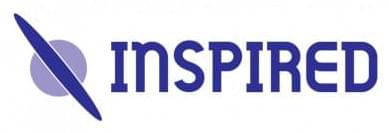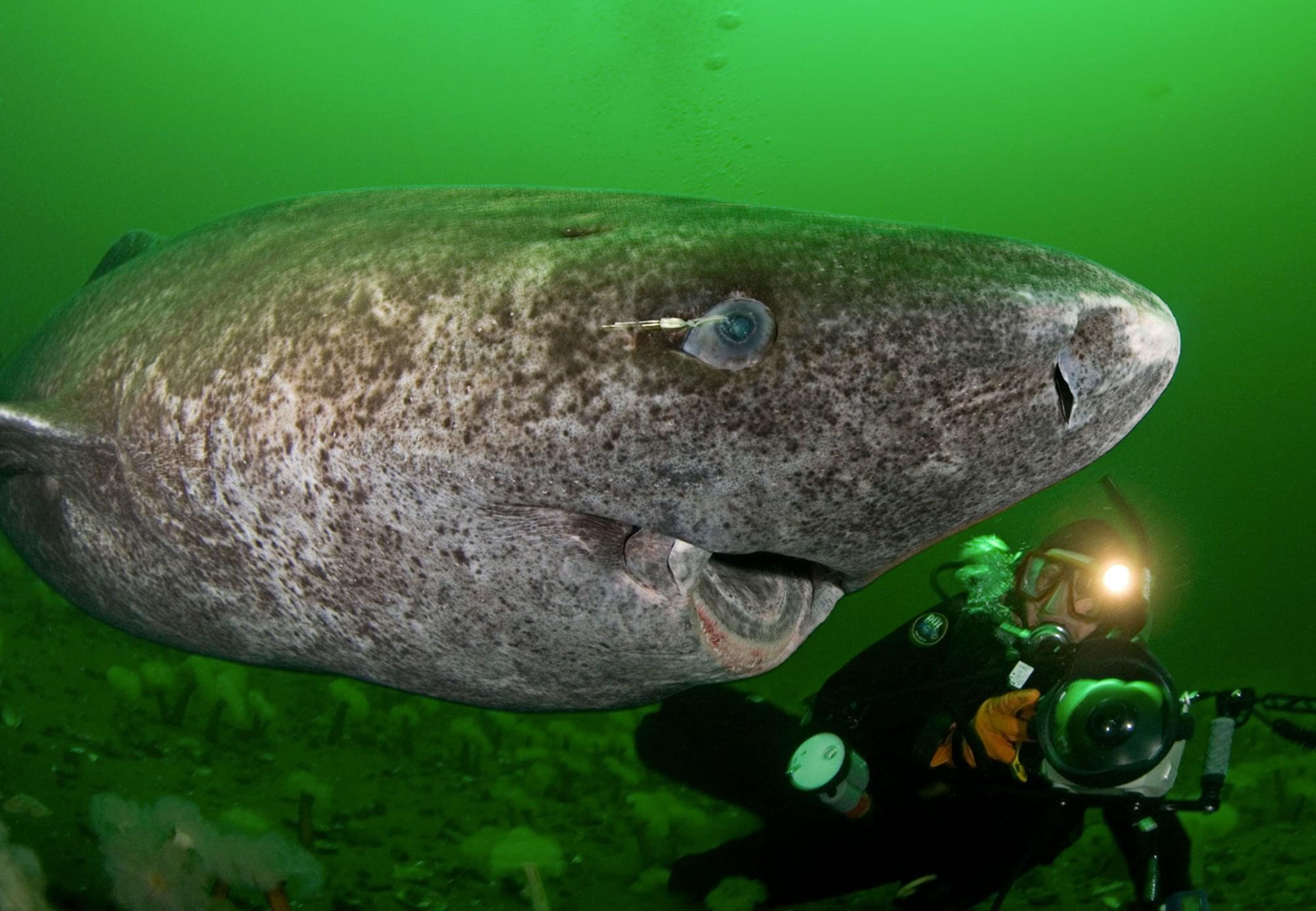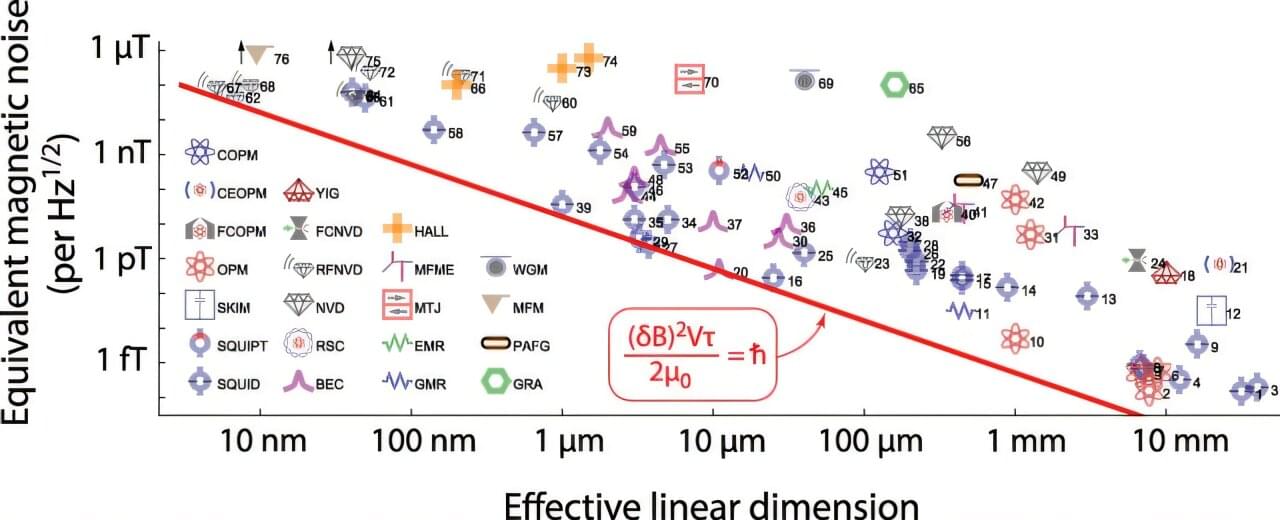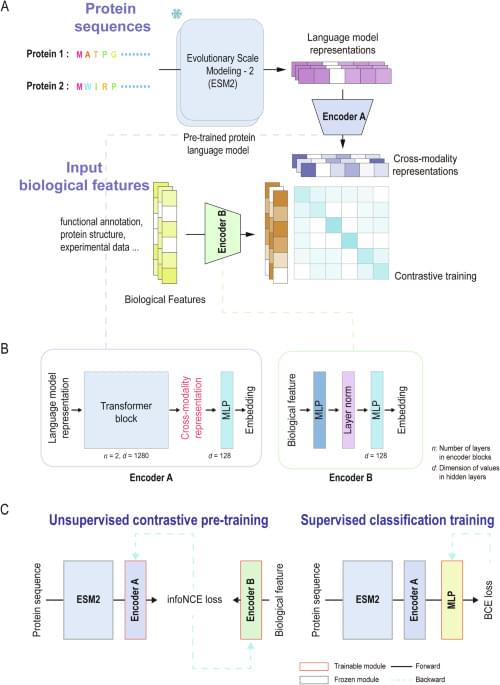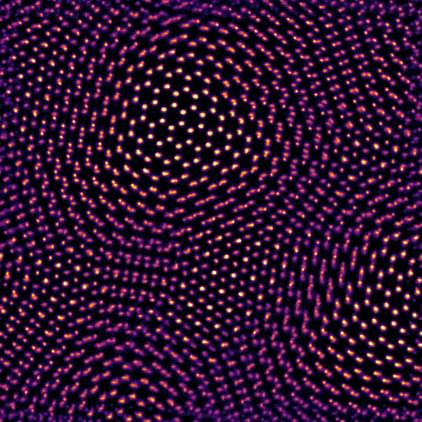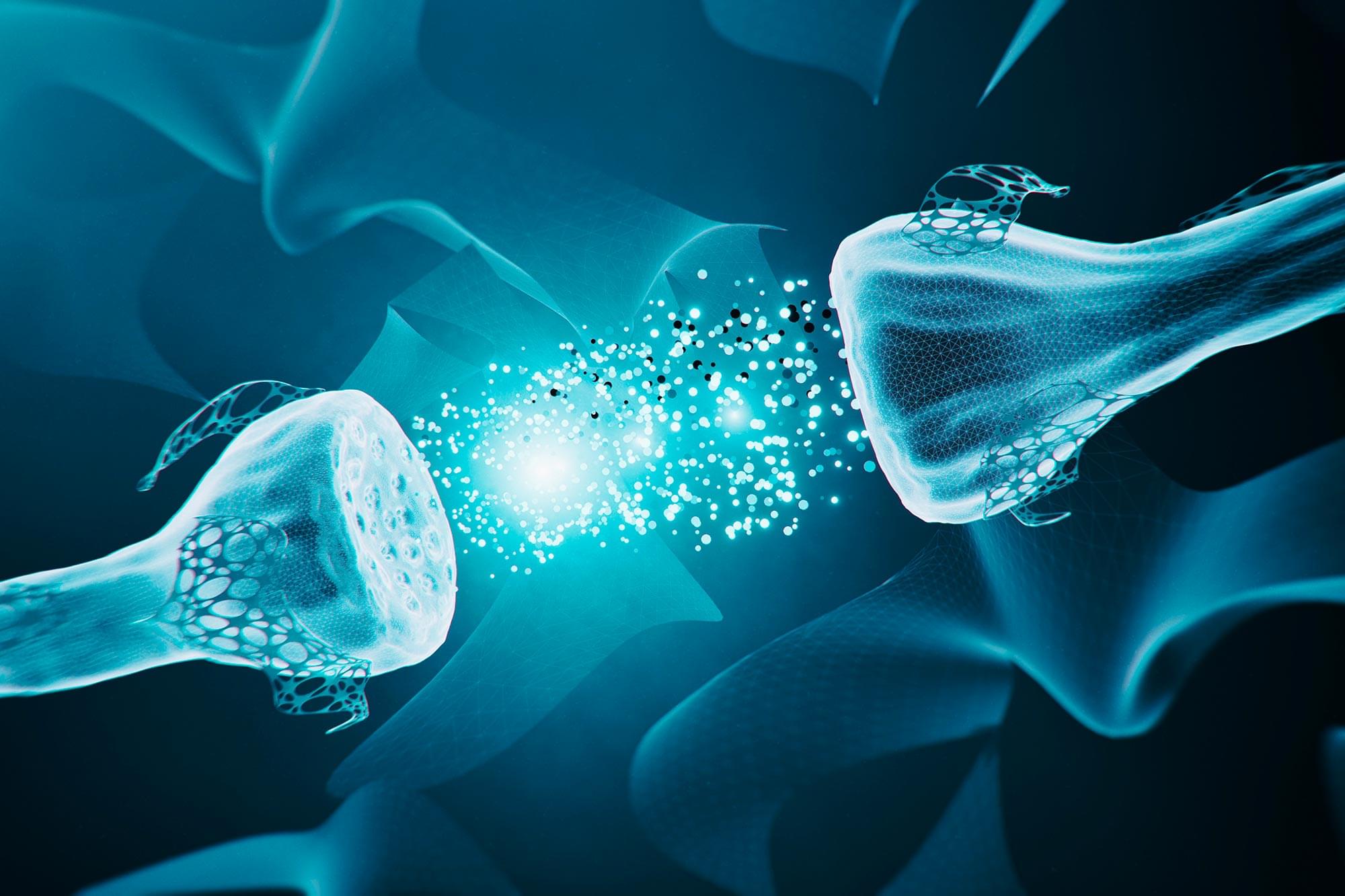DARPA’s Intensity-Squeezed Photonic Integration for Revolutionary Detectors (INSPIRED) seeks to break the quantum noise limit
Optical detectors are essential for converting light into measurable signals, enabling a wide range of critical technologies, such as fiber-optic communication, biological imaging, and motion sensors for navigation. However, their sensitivity is fundamentally limited by quantum noise, which prevents the detection of extremely faint signals in the most precision-demanding fields.
As the world marks the 100-year anniversary of the initial development of quantum mechanics with the International Year of Quantum Science and Technology, DARPA’s Intensity-Squeezed Photonic Integration for Revolutionary Detectors (INSPIRED) program is working to break through the quantum noise limit. By harnessing “squeezed light,” INSPIRED seeks to develop compact, cost-effective optical detectors that can operate at unprecedented sensitivities – allowing signals previously buried in quantum noise to be clearly detected.
